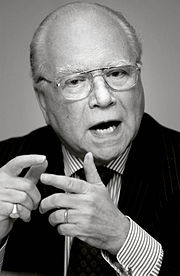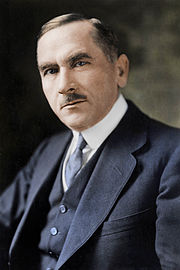Design
Design
Personality
Chart Properties
Your Cross represents the specific theme of your life. This cross embodies your unique potential & the lessons you're here to learn, providing a roadmap to fulfilling your life purpose.
We use the UTC birth time and date to do the calculations required to generate your Human Design chart.
Buy Tokens
Pay as you use, no expiry and no subscription required.Prompt Ideas
Get inspired with some epic prompt ideas.Gabriel García Márquez's Biography
Columbian novelist and short story writer who was awarded the Nobel Prize for Literature in 1982, and is best known for “Bien Anos de Soledad” (“One Hundred Years of Solitude,”) 1967 (English translation in 1970). Also known for “Autumn of the Patriarch,” 1976, a strange novel of dictatorship.
He was born in Aracataca, a town located a hundred miles inland from Cartagena, the first of 11 children of Luisa Sanitago Marquez and Gabriel Eligio Garcia, a frustrated medical student who came to Aracataca to become the town’s telegraph operator. (The courtship of his parents is the basis for the love affair in the novel, “Love in the Time of Cholera,” 1985.) Soon after his birth, his parents moved to Riohacha, two hundred miles away, and left him to raised by his grandfather and three aunts. The latter relatives fed him on a diet of folk tales, ghost stories and legends of the supernatural which influenced his later writings.
At age nine, Marquez went to live with his parents who were strangers to him by then. Though he never lived again in Aracataca, it remained embedded in his literature. At age 15, he went to a public boarding school for gifted students in a town near Bogota. Upon leaving there, he knew he wanted to be a journalist and to do something to bring about a more just society. He attended the University of Bogota, studying law to please his father, but neglecting studies to write. The national daily newspaper, “El Espectador” published his first short stories. In the spring of 1948, subsequent rioting following a political assassination threatened to damage his writing. He put books, original copies of his first stories, and other writings and took them to an uncle’s apartment, but everything was confiscated by a mob.
He transferred to the University of Cartagena, but soon abandoned his studies to be a reporter.
Marquez began his career as a reporter for “El Espectador,” for which he wrote, in 1955, a series of articles exposing the facts behind a Columbian naval disaster. These articles helped make him famous, and were later published in book form as “The Account of a Shipwrecked Person,” 1970.
In 1955, “Leaf Storm,” was published with a modest print run. The same year, he was sent to Europe by “El Espectador” to cover a variety of topics. He visited Poland and Czechoslovakia at the time and spent a few months at an avant-garde film school in Rome before settling down in Paris. When “El Espectador” was shut down by the government, Marquez cashed in his return plane ticket and stayed on. In Paris, he spent almost all of 1956 writing and rewriting the novella “No One Writes to the Colonel.” Then, in the summer of 1957 he visited Russia, and later that year, went to Caracas to work for a magazine, “Momento.” It was here that he became interested in power.
In 1966, after writing for a year, he completed “One Hundred Years of Solitude.” His wife, Mercedes, pawned her hair dryer and their electric heater to pay for the postage to mail the finished manuscript to his Argentine publisher, who printed 8,000 copies which sold out immediately. The book has by now been translated into more than 30 languages and sold more than 30 million copies.
His other works include three collections of short stories.
In 1992, a cancerous tumor was removed from one of his legs. In the late spring of 1999, he felt unwell, and the problem turned out to be lymphatic cancer.
In 1999, he bought a weekly news magazine, “Cambio” with the money from his 1982 Nobel prize, which had been sitting in a Swiss bank for sixteen years.
He and his wife Mercedes Barcha were married in 1958. They have two adult children, Rodrigo (born in 1961), a feature film writer/director, and Gonzalo, a graphic designer.
Link to Wikipedia biography
Gabriel García Márquez
Your Cross represents the specific theme of your life. This cross embodies your unique potential & the lessons you're here to learn, providing a roadmap to fulfilling your life purpose.
We use the UTC birth time and date to do the calculations required to generate your Human Design chart.
Prompt Ideas
Get inspired with some epic prompt ideas.

Marc Frans Maria Eyskens
1/3 Emotional - Solar Plexus Projector

Roman Dmowski
5/1 Splenic ProjectorRuth E. Rowe
4/6 Self Projected ProjectorJoe Racer
4/6 Emotional - Solar Plexus Manifestor





